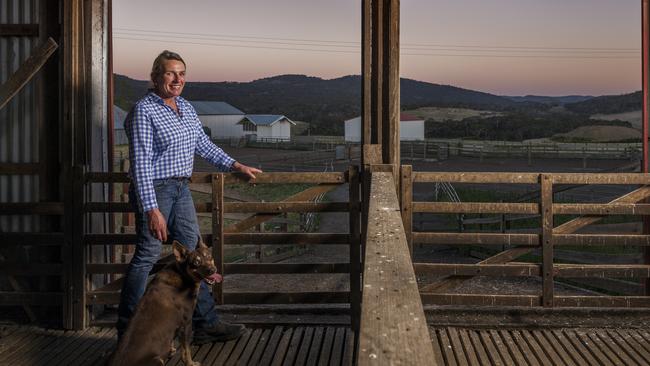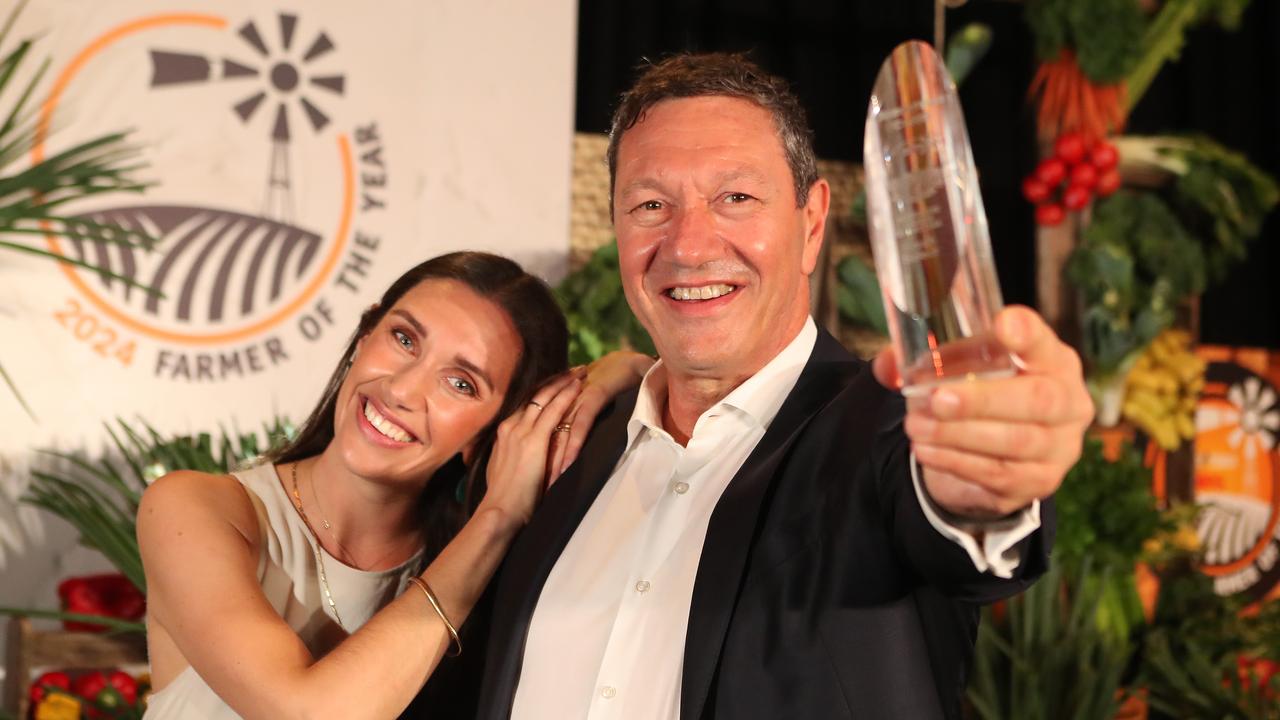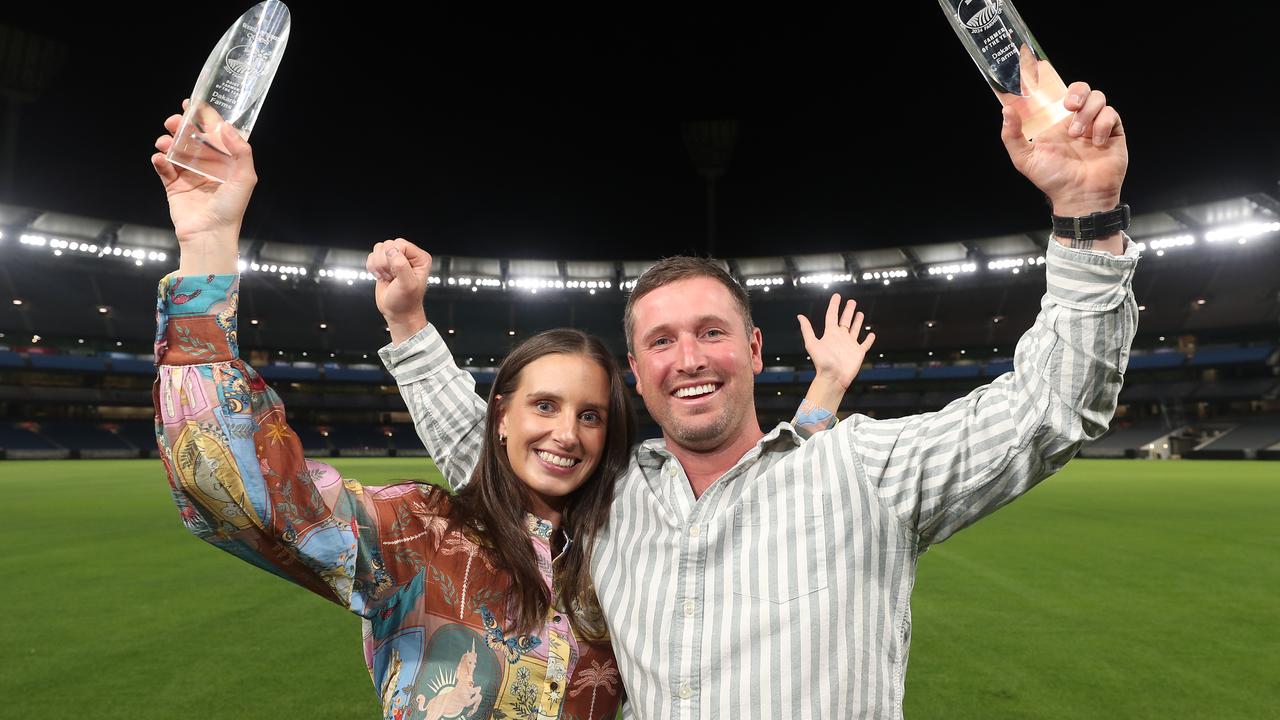Trefusis Merino stud: Increased Merino returns a fine feat
WEIGHT and see approach pays dividiends for this leadingMerino breeder, writes FIONA MYERS

THERE is plenty of history behind Merino breeder Georgina Wallace, but a big commitment to genetics this year alone reflects a woman with her eyes on the future.
Georgina runs the Trefusis Merino stud near Ross, in Tasmania, and is a passionate supporter of the Merino industry.
She is president of the Australian Association of Stud Merino Breeders and as such has a bent on encouraging more people to consider running commercial Merino flocks.
And the focus of her stud — and her willingness to change — make her an example of what can be achieved.
In the past seven years, some hard decisions have been made, including to switch from Saxon Merinos to a fine-wool flock, infusing some new genetics. The result has been a lift of 2kg in wool cut, a rise of up to 20 per cent in lambing rates and a 20 per cent lift in body weight.
Georgina said she still had a soft spot for Saxon sheep. She grew up on Trefusis, where her parents, Jim and Jo McEwan, ran Saxon Merinos on the 7500ha of country. Those Saxon sheep were perfect for the native run country, and produced beautiful lines of superfine wool.
After she married, Georgina and her husband, Hamish, moved to Deddington, where they farmed 4500ha and with hard work, increased the stocking rate from 6000 dry sheep equivalents to 14,000DSE.
But when succession planning meant Trefusis was available, Georgina and Hamish moved back and set about the challenging task of making it all work.

WOOL WONDER
WHILE Hamish is responsible for overall farm management and the running of the 13,000 composite ewes, Georgina’s focus is her Merinos.
It was trying to make the figures work that encouraged Georgina to infuse genetics from Nerstane and Langdene. The goal was to lift fleece weight while holding micron close to where it was.
The Saxon ewes were cutting about 4.5kg of 17-17.5 micron wool and had a body weight of about 50kg. When superfine wool was king, Georgina says this was a reasonable financial return.
But after years of low returns for superfine wool (and wool in general), the decision was made to introduce genetics to lift wool weight.
This move was only made in 2009-10, yet seven years down the track, stud ewes are cutting 6.5kg (a jump of 44 per cent) while the micron has only lifted slightly to 18 micron.
The sheep are also bigger, with the average ewe weight now about 60kg, a rise of 20 per cent.
There has also been the added benefit of a higher lambing percentage.
“The Saxon Merinos are not renowned for their high lambing percentages, so we were getting at the top end of what can be achieved or about 85 per cent,” Georgina said.
“Now the stud ewes are lambing down at 105-110 per cent.
“We are going to continue to increase the size of our sheep and their wool cut and their lambing percentages, as it not only benefits us, but has clear flow-on benefits to our clients.”
The move to heavier cutting, bigger sheep did not sit well with all clients and Georgina was frank that they did lose some ram buyers.
But on the flip side, their change in direction means they have picked up clients too.
GO FIGURE
THE Trefusis ram sale will be held on December 1 and Georgina said rams would be offered with Australian Sheep Breeding Values.
She is happy to provide this information, but said when she makes her own breeding decisions, it was “visual classing first and numbers second”.
“Visual classing is first and foremost,” Georgina said.
“The rams we present for sale will all be able to walk, eat and breed, and that is vital.
“Then buyers can look at the ASBVS to fine-tune their selections.
“It could be that they look at ASBVs for eye muscle depth if they are wanting more meat in their sheep, or the ASBV for fleece weight if they want more wool cut.
“There is no doubt that this can help fine-tune selections, but the basics need to be there before anything else.”
This mix of visual assessment, done in conjunction with her classer, Andrew Calvert, is a successful formula.
For two of the past three years, a fleece from Georgina’s flock has been judged the grand champion at the Australian Sheep and Wool Show at Bendigo, beating about 500 others.
That includes this year’s fleece, a ram that produced 11.5kg of 17.1 micron wool with a 75 per cent yield, which earned the highest ever score at the show of 97.1 points. Two years ago, it was a ewe’s fleece that weighed 8.5kg and tested 18.1 micron
And at this year’s Bendigo event, her team of three rams and two ewes was second in the Lionel Weatherley trophy against competition from across Australia, which she described “as good as winning ”.
GENE POCKETS
TO keep the stud progressing, Georgina has gone on a genetics buying spree. She bought a share in the supreme ram at Australian Sheep and Wool Show from Eilan Donan, which was sold at the Dubbo National Show and Sale for $52,500. More money was outlaid on genetics from Afloxton, with a share in a $30,000 ram as well as $10,000 on a ram from Coryule.
It is this willingness to look for new genetics and to keep her stud on the move despite huge recent gains that reflects j how passionate Georgina is about Merinos.
“There is good money to be made from Merinos, even in a tough year, which many people are having this year,” she said.
“You may not get as much wool or as many lambs, but will get an income stream even if conditions are tight.
“Cropping might be the focus of younger farmers, but we need to say to them that there is good money to be made from Merinos and to encourage back a generation that was lost because of poor returns.
“The wool industry is in a really good space at the moment and demand is outstripping supply.
“We produce a clean, green sustainable product for the world and are really in the box seat.”


